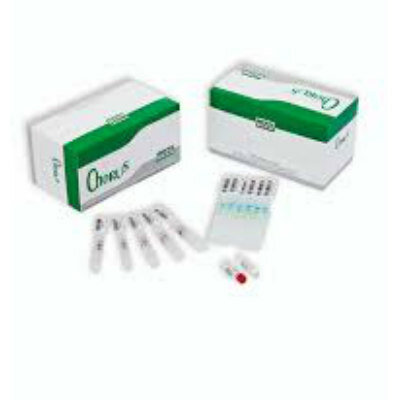A Subset of Immune T-Cells Protects Against Metabolic Syndrome in Mouse Model
By LabMedica International staff writers
Posted on 17 Nov 2015
A subset of immune T-cells lacking the lytic protein perforin was found to be responsible for inducing the onset of metabolic syndrome (obesity, high blood pressure, high levels of blood sugar and cholesterol) in mice fed a normal diet.Posted on 17 Nov 2015
Investigators at the Weizmann Institute of Science (Rehovot, Israel) were seeking molecular clues that would clarify the emerging evidence that immunological mechanisms underlie metabolic control of adipose tissue.

Image: Fat tissue cells are enlarged and more loosely packed in mice lacking perforin-rich dendritic cells (left) compared with the fat tissue of regular mice (right). Inset: crown-like structures within the fat tissue (left, dark brown) are associated with increased inflammation (Photo courtesy of the Weizmann Institute of Science).
To this end they used bone marrow transplantation to generate a line of mice that lacked the perforin-containing granules (perf-DCs) normally found in this subset of dendritic T-cells. Perforin is a protein that creates transmembrane tubules and is capable of lysing non-specifically a variety of target cells. This protein is one of the main cytolytic proteins of cytolytic granules, and it is known to be a key effector molecule for T-cell- and natural killer-cell-mediated cytolysis.
The investigators reported in the September 15, 2015, online edition of the journal Immunity that the perforin-deficient mice progressively gained weight and exhibited features of metabolic syndrome. This phenotype was associated with an altered repertoire of T-cells residing in adipose tissue and could be completely prevented by T-cell depletion in vivo.
A similar impact of perf-DCs on inflammatory T-cells was also found in a well-defined model of multiple sclerosis, experimental autoimmune encephlalomyelitis (EAE). Thus, perf-DCs probably represent a regulatory cell subpopulation critical for protection from metabolic syndrome and autoimmunity.
Related Links:
Weizmann Institute of Science













